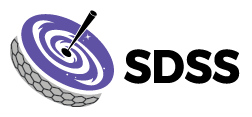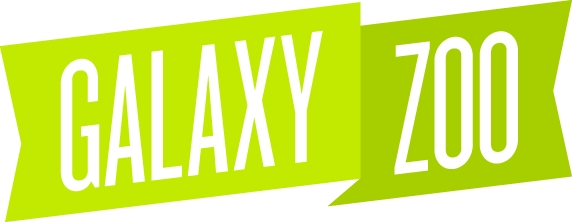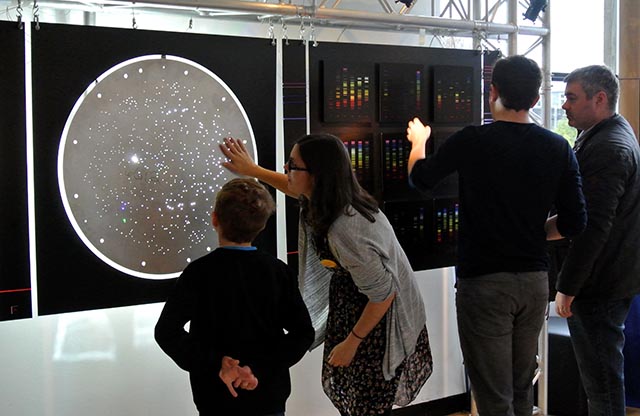
The Sloan Digital Sky Survey is committed to working towards making the science and engineering results of our surveys accessible to the public. We are also enthusiastic about supporting the use of SDSS data for training and education. We aim to do this through informal and formal education, citizen science, news, and social media. A selection of our Education and Public Engagement activities are described below.
SDSS in Schools

SDSS Voyages is a custom resource for education focused explorers of the Sloan Digital Sky Survey. Specifically designed to meet the needs of educators, SDSS Voyages provides the pathways and supporting resources needed to enable student-led discovery of a variety of astronomical phenomena using the same data utilized by professional astronomers. Spanish language versions of these resources are now available!
Through our program “Plates for Education” we distribute used plug plates to educators at formal and informal educational institutions. Plates are distributed via SDSS Institutions and accompanied by a custom-made poster showing the patch of sky the plate was used to observe, a package of educational materials, and training on the use of SDSS Voyages.
If you are interested in participating in this program, please contact us, and we will help to link you to your nearest SDSS Institution.
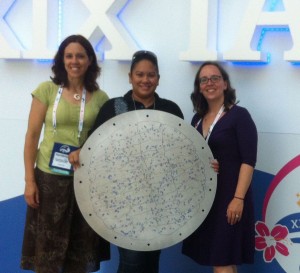
SDSS in Undergraduate Education
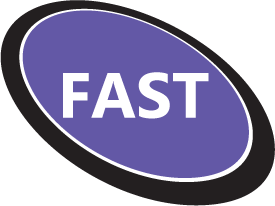
The SDSS Faculty and Student Team (FAST) program works with faculty and their students at US institutions with strong track records of serving underrepresented minority students.
SDSS SkyServer and SciServer
SDSS SkyServer hosts all the latest data from SDSS, freely available for all to use. SDSS Voyages provides a user-friendly introduction to SkyServer tools, in addition to educational guides and projects designed to help new users explore the data. Some of the Voyages Expeditions may also be suitable for use in college-level astronomy labs.
A growing set of Jupyter notebooks for use with the SciServer platform are being developed for use in college astronomy lab courses, including introductory notebooks on galaxies and stars, one on Milky Way Mapper science, one on Black Hole Mapper science and a broader set of upper-level college course notebooks. These Python-based activities, which are designed to be run in the cloud from your web browser, enable the analysis and visualization of the vast SDSS dataset without the need for any additional software or data downloads.
Public Engagement with SDSS
Galaxy Zoo launched in 2007 to deal with the 1 million images in the SDSS Main Galaxy Sample. It’s now the most productive citizen science project in existence, and this success spawned a “Zooniverse” of other citizen science projects across all areas of science. Join more than a million members of the Zooniverse to do real science online at the Zooniverse.
Additionally, the Zooteach website includes lesson plans and ideas to use Zooniverse projects (including Galaxy Zoo) in education.
SDSS has also inspired various artists, and some of their work can be admired at the SDSS in Art page.
Sensing the Dynamic Universe
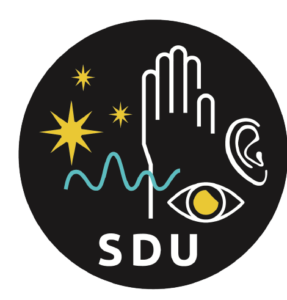
The Sensing the Dynamic Universe (SDU) project is an engaging new website with sonified videos and accompanying explanations exploring the multitude of celestial variables and transients such as stars, supernovae, quasars, gamma ray bursts and more. The SDU project presents the astrophysics of variables and transients to the general public, with particular attention to accessibility for those with visual and/or neurological differences. We directly translate intensity to pitch to sonify the lightcurves and spectra. Most of the variables have sonified spectra from SDSS, in particular the Time Domain Spectroscopic Survey. Light curves are predominantly from the Zwicky Transient Facility or Catalina Sky Survey.
Map of the Universe
SDSS researchers and developers led by Brice Ménard of Johns Hopkins University have created the most detailed and accurate map of the universe ever devised, from near-Earth asteroids to distant quasars. You can explore the map, read about each feature, and download a poster showing the entire map.
You can also read about how Ménard and his colleagues created this new map from the press release from Johns Hopkins University.
Visit mapoftheuniverse.net
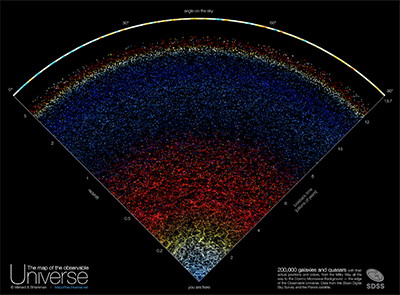
Do you want to carry around the SDSS Universe on a t-shirt, mug or tote bag? Then please visit our shop, and help us celebrate and learn about our mission to map the Universe: from planets to stars, galaxies and distant black holes. All profits go to help fund our educational programs as well as efforts to improve the diversity of scientists engaged in our surveys.
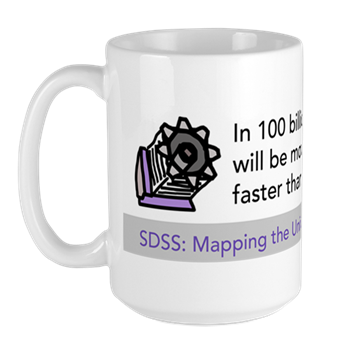
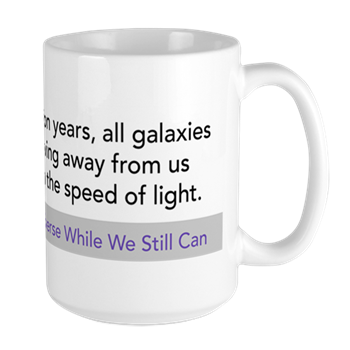
Scroll through the SDSS Skies with SkyServer Navigate.
Any SDSS image on the SDSS Web site may be downloaded, linked to, or otherwise used provided that you maintain the image credits (unless otherwise stated, images should be credited to the Sloan Digital Sky Survey, or SDSS) and link back to our site at .
We have recently changed our license. SDSS Images may now be used in commercial publications, or for other commercial purposes without explicit approval of the Astrophysical Research Consortium (ARC). Please visit our Image Use Policy for full details.
A selection of SDSS related videos can be found on our SDSS Youtube Channel.
The below video is a narrated flight through the Universe, which describes the scope of the many SDSS Surveys up to and including SDSS-IV. This video is illustrated with CGI rendering of real data from the Sloan Digital Sky Survey.
Email us at outreach@sdss.org. We are always keen to hear about your educational use of SDSS data or resources.
SDSS relies on the collaborative efforts of our member scientists and a number of external collaborations for public engagement and outreach and to develop educational content.
Looking for…..
- The Education page of classic.sdss.org,
- The Education page of sdss3.org,
- The Education page of sdss4.org,
- The SDSS Voyages Educational Activities,
- The old SkyServer education activities (DR16)
- EPO personnel are listed on Key People in SDSS.
The SDSS EPO works/has worked with a number of collaborations and alliances, including:
- NASA Center for Astronomy Education (CAE)
- Zooteach from The Citizen Science Alliance
- Shine (Celebrating the International Year of Light with Art, Science and Music).
